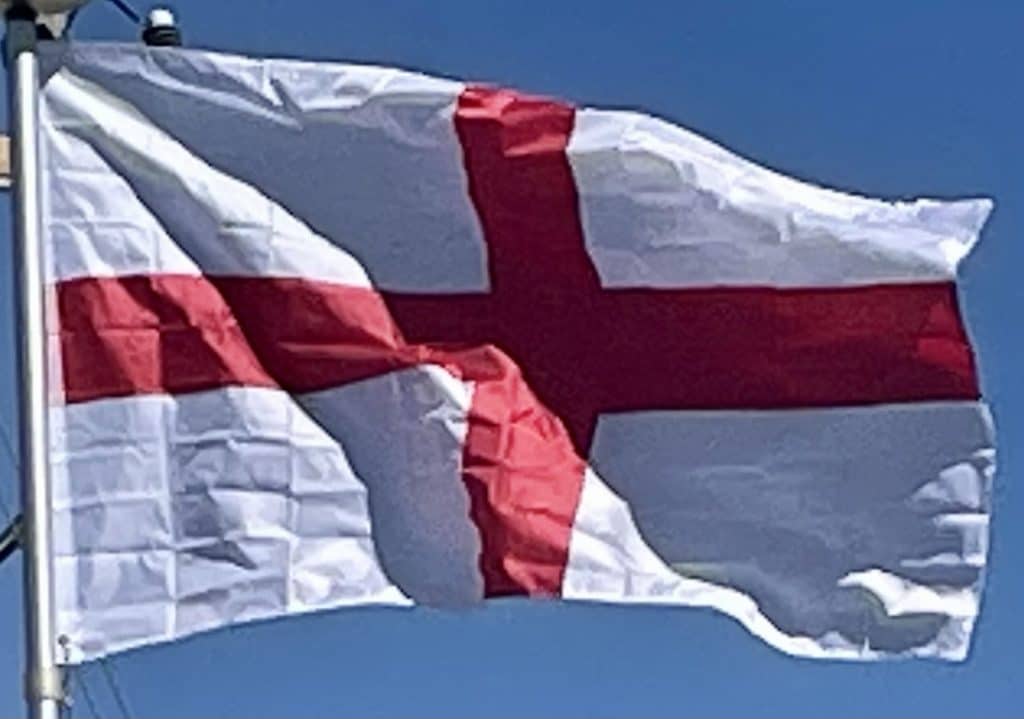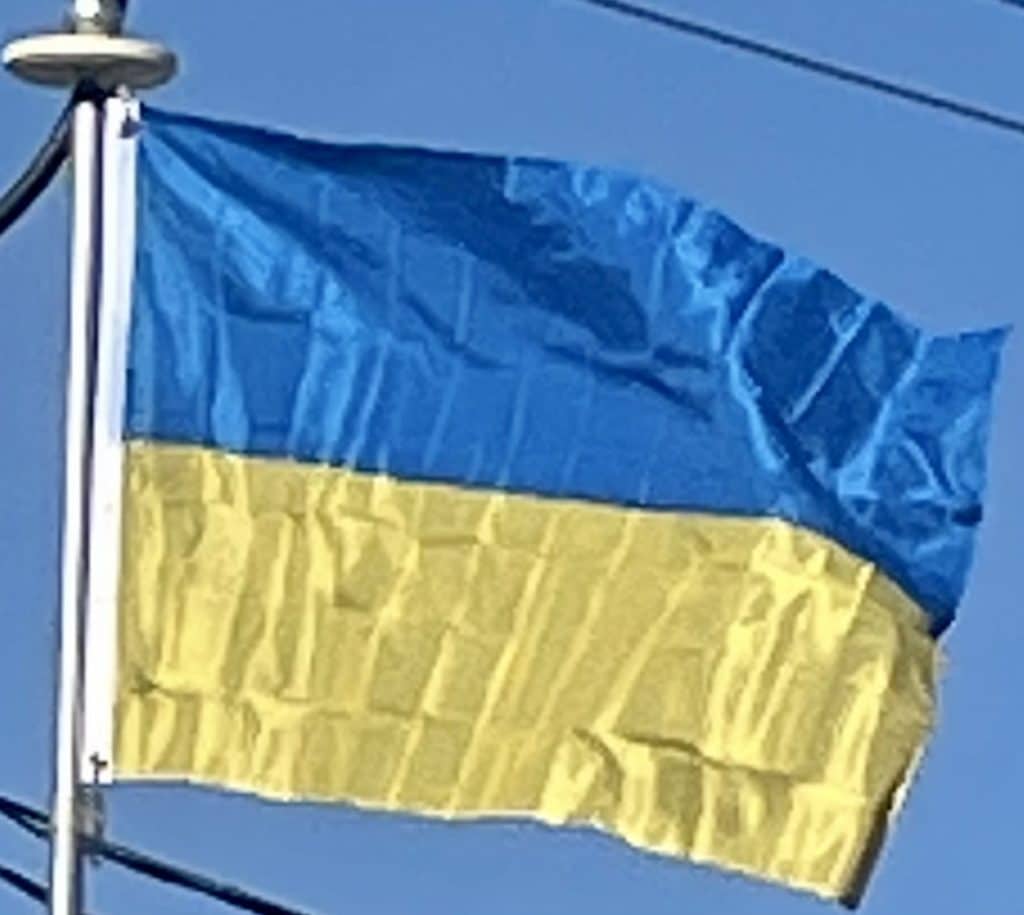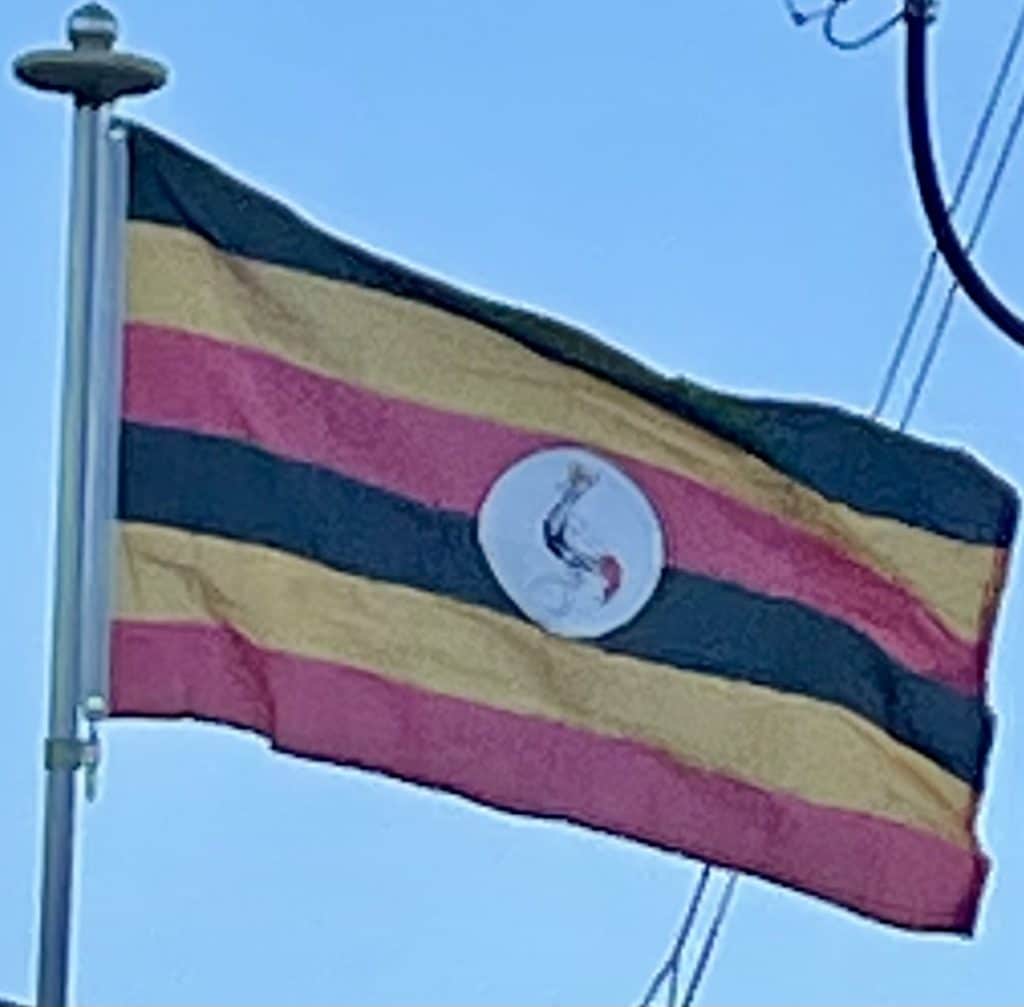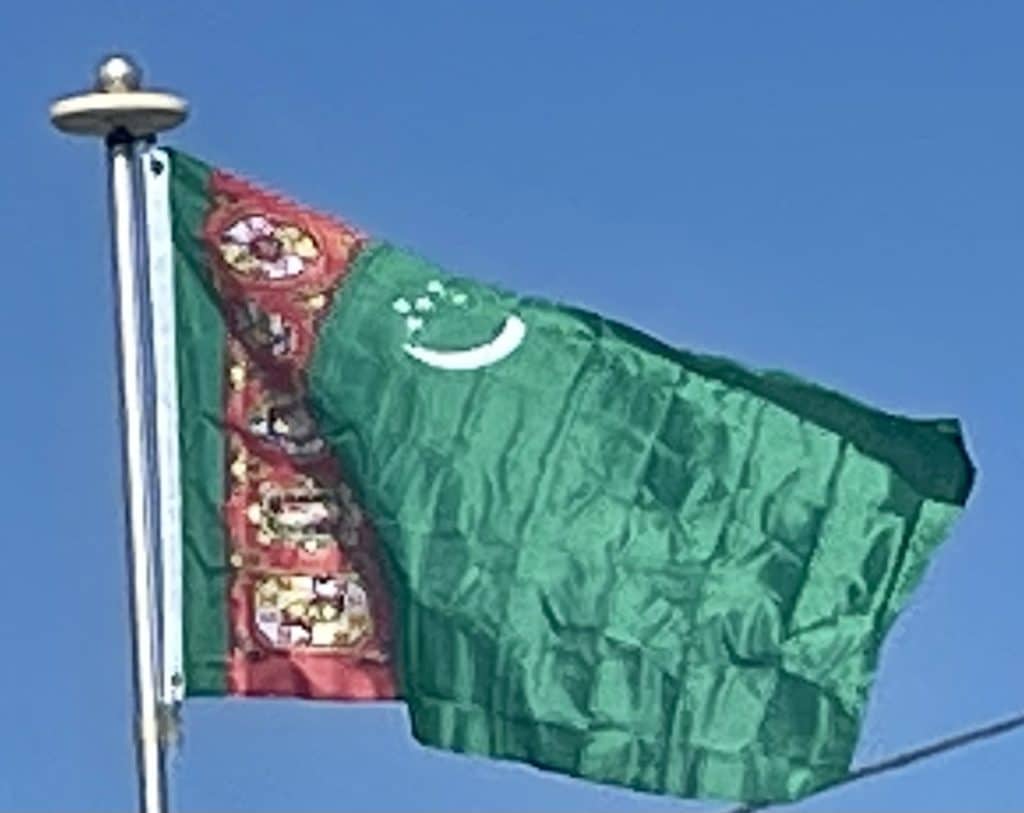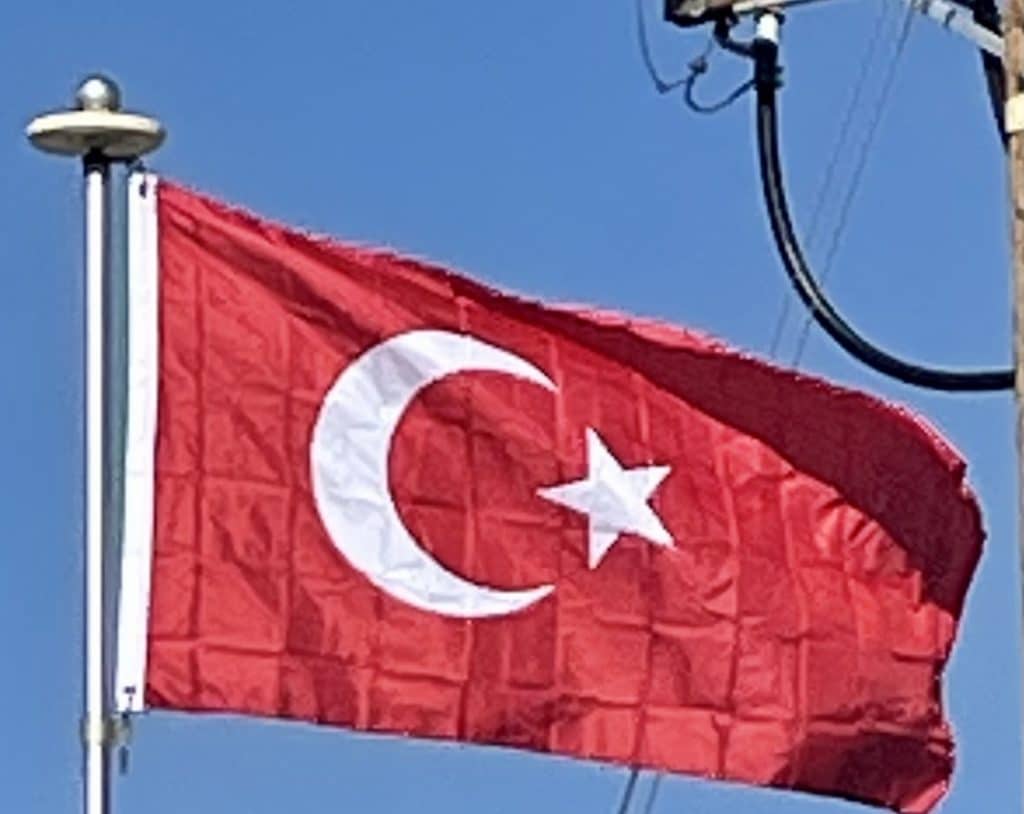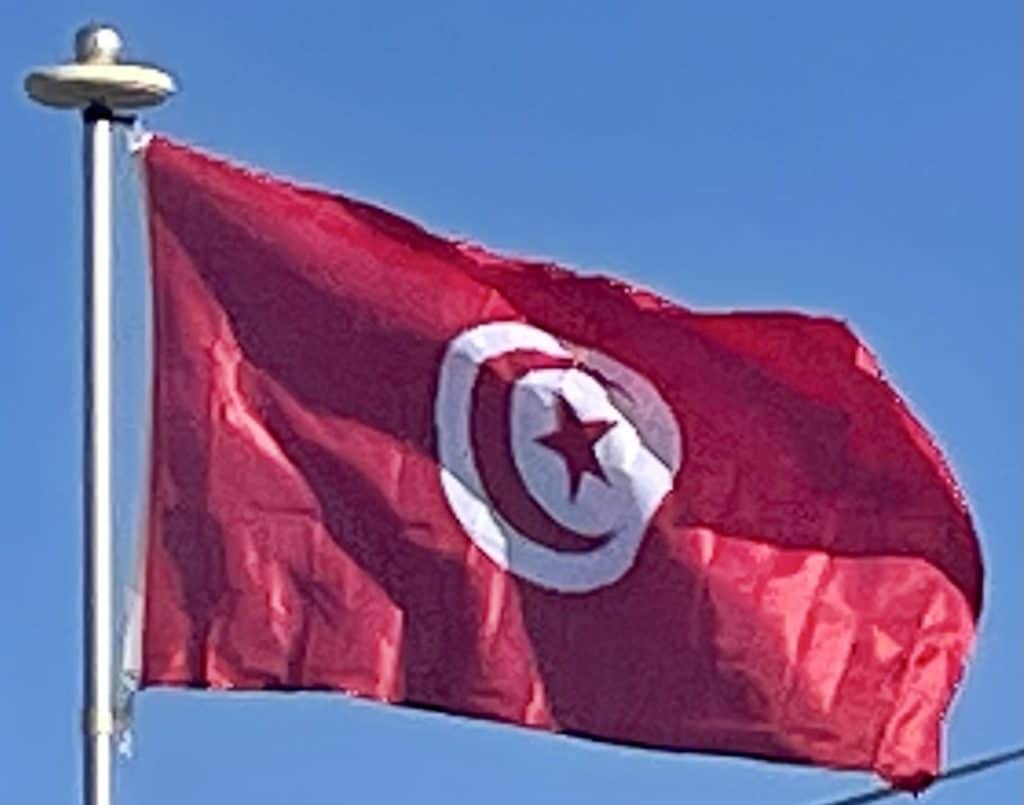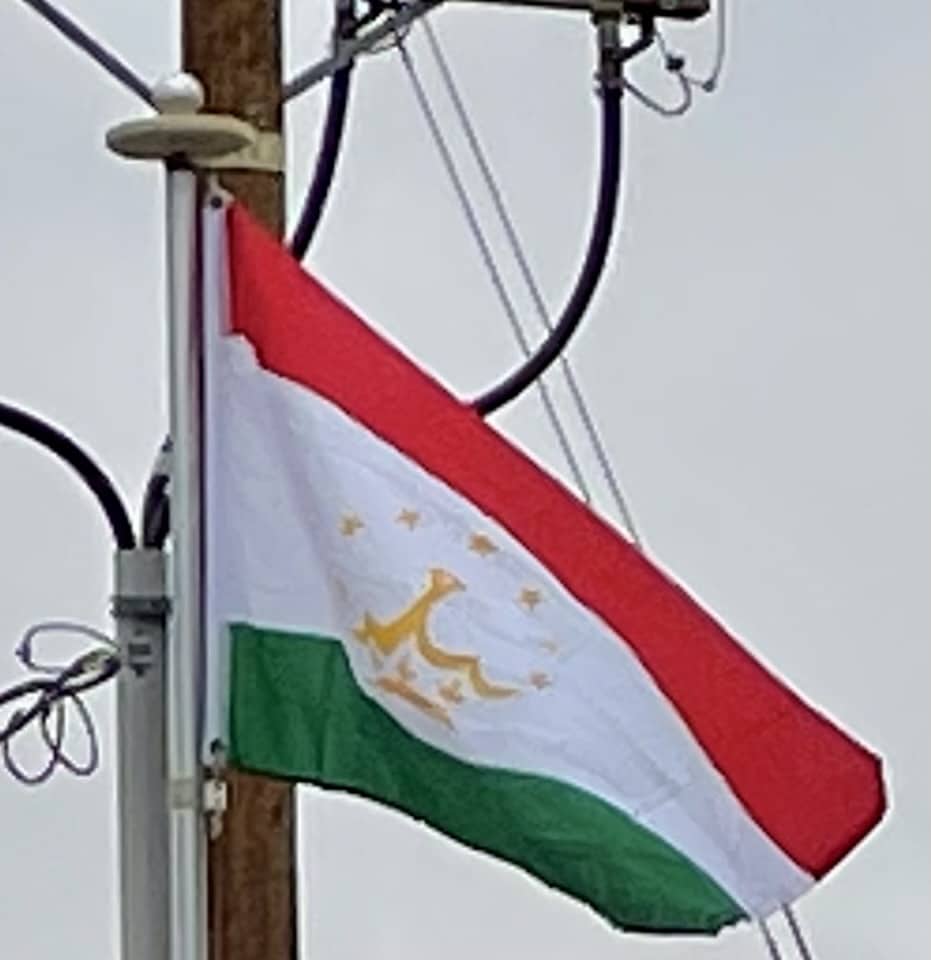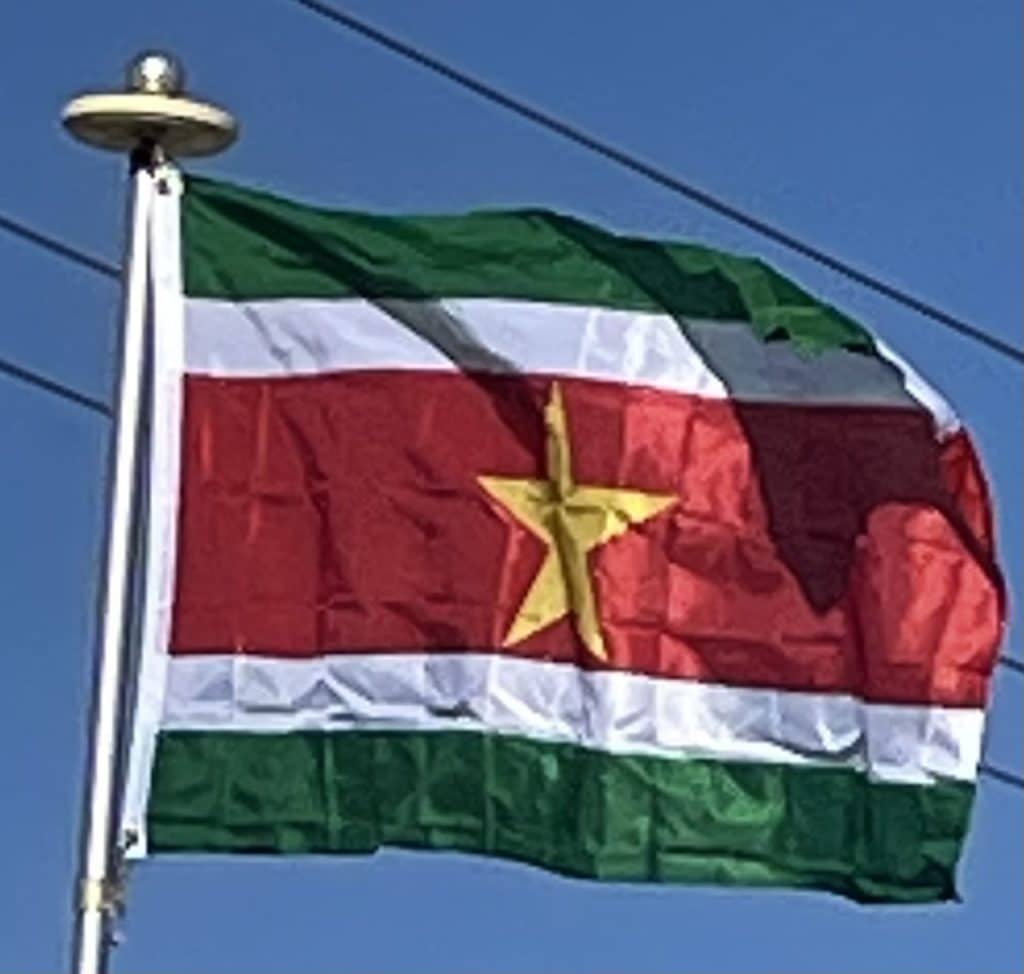England
The flag of England is derived from Saint George’s Cross (heraldic blazon: Argent, a cross gules). The association of the red cross as an emblem of England can be traced back to the Late Middle Ages, and it was increasingly used alongside the Royal Banner in the wake of the English Reformation, especially as a maritime flag. It was used as a component in the design of the Union Jack in 1606.[2]
It has been widely used since the 1990s, specifically at national sporting events, especially during England’s national football team’s season.
